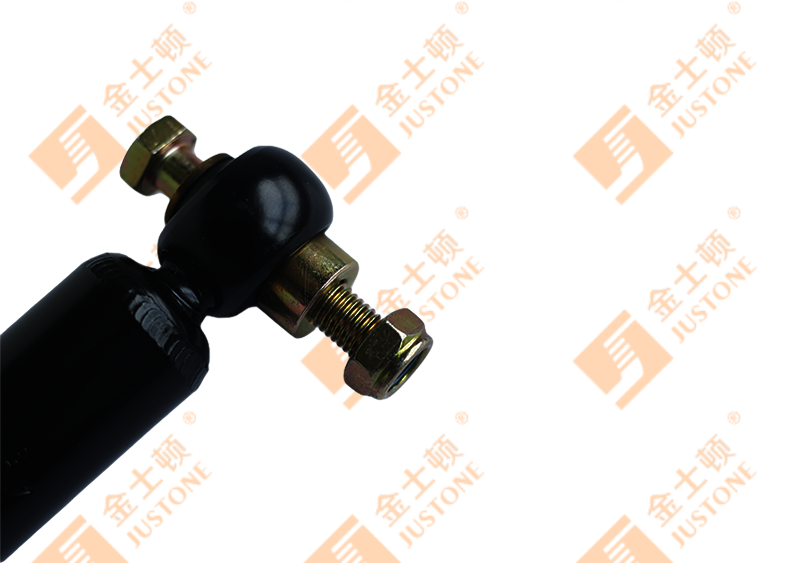Didn't find a product that suits you?
Contact us for the latest news.
In light trailers and heavy trailers, the design and selection of Trailer Coupling Dampers need to consider many different factors to meet the performance requirements and usage scenarios of different vehicles. The following is a detailed analysis of the shock absorber's load capacity, materials, structural design, environmental adaptability, economy and other dimensions:
Load capacity
Light trailers: Usually used to transport lighter goods or recreational vehicles (such as RVs and kayak trailers). Its shock absorbers need to withstand lower dynamic loads, and the design focuses on sensitivity and the ability to absorb low-intensity vibrations.
Heavy trailers: Used for bulk cargo transportation, construction material hauling or mechanical equipment transportation, the static and dynamic loads are large. Shock absorbers need to have higher strength and damping capacity to eliminate large vibrations and shocks.
Size and weight
Light trailers: The shock absorber design should be lightweight and small in size to reduce the overall weight of the trailer and ensure the trailer's towing flexibility and fuel economy.
Heavy trailers: Since the trailer itself is heavy and has fewer restrictions on size and weight, the shock absorber can be designed larger and heavier to improve shock absorption performance and durability.
Material selection
Light trailers: It is suitable to use lightweight materials, such as high-strength composite materials or aluminum alloys, to ensure its durability while reducing the total weight.
Heavy trailers: High-strength steel or alloy steel is required to cope with wear and impact under frequent high-load conditions, while improving fatigue resistance.
Structural design
Light trailers: A simplified single-axis shock absorption structure or elastic pad design can be used, which is lower in cost and adapts to a variety of light-load scenarios.
Heavy trailers: A more complex multi-axis shock absorption system is required, which may include hydraulic or pneumatic shock absorption elements to adapt to high-frequency vibrations and shocks. In addition, the overall coordination of the coupling and the main structure of the trailer needs to be considered.
Damping coefficient and vibration frequency range
Light trailers: The damping coefficient is designed to be relatively low, and the absorption of smaller vibrations can meet the needs while ensuring stability and comfort during driving.
Heavy trailers: require a larger damping coefficient and cover a wider range of vibration frequencies to control severe shock and vibration during heavy-load transportation.

Environmental adaptability
Light trailers: mostly used for leisure and daily transportation, with lower requirements for adaptability to extreme environments, but need to focus on corrosion resistance to cope with rain and ordinary road wear.
Heavy trailers: The working environment is more complex, such as construction sites, mining areas and harsh roads, and the shock absorbers need to have higher dustproof, waterproof and high and low temperature resistance.
Service life and maintenance
Light trailers: usually require simple maintenance, and the service life does not need to be too long. The focus is on reducing the cost of use and replacement.
Heavy trailers: need to have a longer service life and a lower failure rate to reduce downtime and maintenance costs caused by frequent replacement.
Economical
Light trailers: users are more sensitive to the cost of shock absorbers, so the design should take into account the balance between performance and price.
Heavy trailers: users are more concerned about reliability and performance, and are willing to pay a higher price for high-performance shock absorbers.
Regulations and standards
Light trailers: must comply with the safety and environmental standards of light vehicles, such as shock absorption and noise control.
Heavy trailers: must meet the more stringent load and transportation safety regulations of heavy vehicles, especially the international standards for cross-border transportation.
The requirements for Trailer Coupling Dampers for light trailers and heavy trailers are significantly different. The design and selection must be optimized according to the specific load requirements, usage scenarios and user concerns. For light trailers, focus on lightweight, economy and ease of use; for heavy trailers, it is necessary to enhance durability, strength and shock absorption performance under complex working conditions.